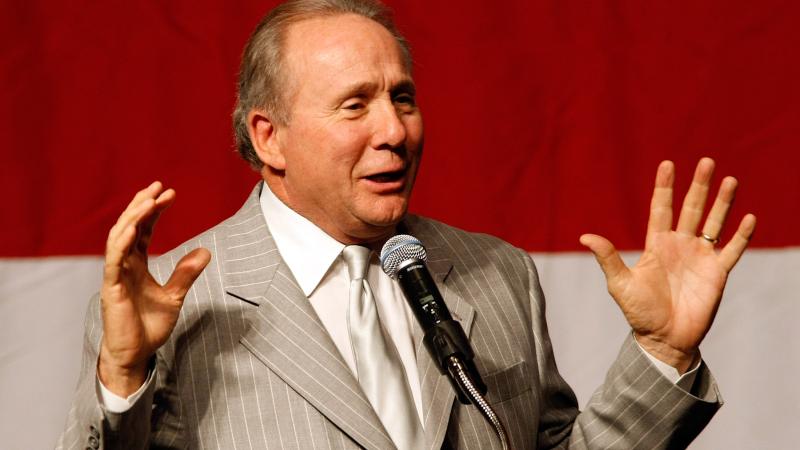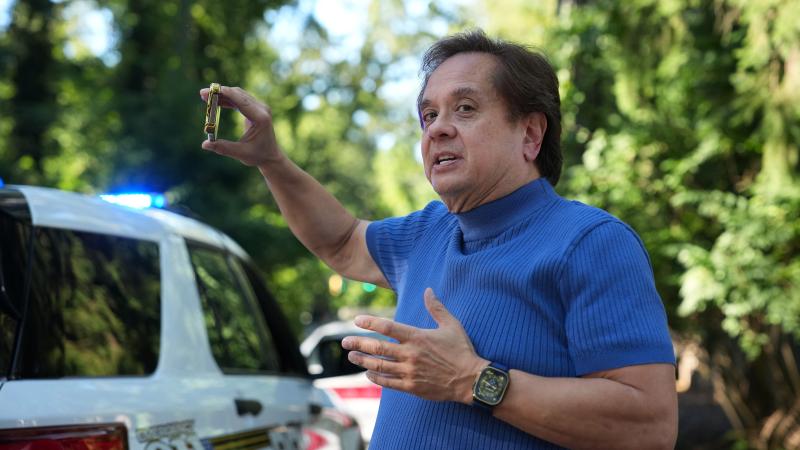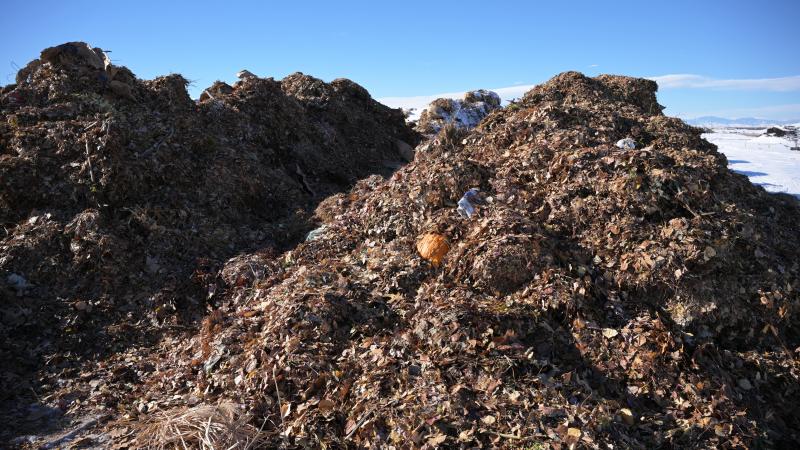Washington could rely on other states for almost half its energy by 2050
Under the 2019 Clean Energy Transformation Act, Washington's utilities must gradually shift away from natural gas and carbon-generating electricity sources toward clean energy such as wind and solar.
(The Center Square) - Washington currently exports excess energy it produces to other states, but the tables could turn and have it dependent on other states for almost half of its electricity by 2050 due to a combination of clean energy mandates and higher cost for those projects compared to other parts of the country.
Under the 2019 Clean Energy Transformation Act, Washington's utilities must gradually shift away from natural gas and carbon-generating electricity sources toward clean energy such as wind and solar. The ultimate goal is for utilities to generate 100% carbon free energy by 2045.
However, state Department of Commerce Senior Energy Policy Specialist Austin Scharff warned the Senate Environment, Energy, and Technology Committee at its Dec. 13 meeting that by 2050, Washington could rely on out-of-state electrical sources for 43% of its energy.
He also noted that “building these resources in state is not necessary. A more reliable and productive resource portfolio includes wind from the Rocky Mountains and solar from the southwest. The lower relative cost of these out-of-state resources limits the growth of new renewable capacity in-state.”
As a result, he anticipated that “an inability to access cheap and abundant wind and solar resources across the west will increase the cost of the clean energy transition and the ability of Washington to produce hydrogen and synthetic fuels.”
According to Scharff, the state will need to build in-state 7.1 gigawatts of onshore wind energy, 10.4 gigawatts of utility-scale solar energy, and 4.4 gigawatts of distributed solar energy. Overall, the state will have to double the amount of electricity it generates by 2050.
While there’s plenty of land in Washington to build in-state resources, Scharff said “we must reform our siting and permitting process now to build the transmission and electric generation sources we will need for the medium to long-term.”
The revelation drew concerns from some legislators, including Sen. Shelly Short, R-Addy, who asked Scharff “is the state just accepting that we are going to import power versus the construct of the system we have now, which is where we are exporting to other states. I mean, that is a really big change. are we looking at the competitive part of that, whether or not Washington's even going to be able to compete with other states for those electrons?”
Scharff said that “the legislature has a lot of say in whether or not how we build these resources through society and permitting process. Are we ready for developers to come and build in our state? Are we going to make it easy to build in the state and comply with environmental and other protections? So, there are some things we can do to make ourselves more attractive.”
Sen. Liz Lovelett, D-Anacortes, noted to Scharff the Legislature has recently enacted numerous reforms on siting and permitting. “I can appreciate that we're going to need some additional kind of interagency coordinated pieces, especially for these larger projects, but how many more things are there really to do?”
Scharff responded that Commerce has requested several pieces of legislation intended to address the agency’s concerns.
Some clean energy projects in Washington state have been the subject of controversy. The Horse Heaven wind farm was initially supposed to begin construction in 2021, but three years later it’s facing a lawsuit following a contentious certification process due to concerns about the environmental impact of the wind turbines on historic hawk sites.
Horse Heaven is not alone when it comes to local opposition. A 2023 study found that clean energy projects have faced opposition in 45 states, noting that such pushback "is widespread and growing."
Meanwhile, the leaders of a separate clean energy project in Washington have warned that the state will face greater risks of “rolling blackouts” due to an inability to meet grid demand.















